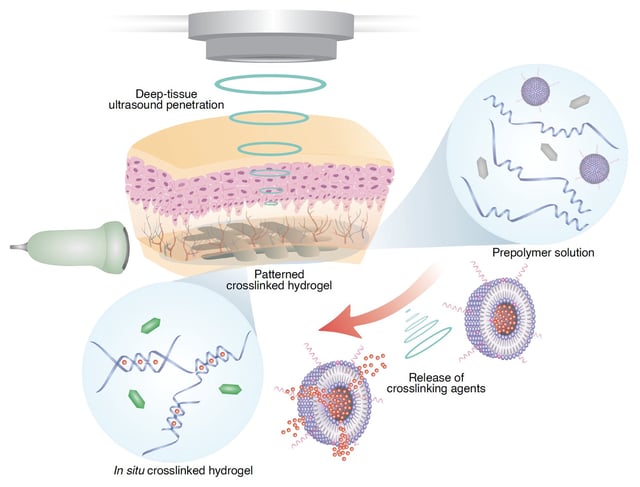Overview
- The Deep Tissue In Vivo Sound Printing (DISP) platform uses focused ultrasound and temperature-sensitive liposomes to trigger polymerization at precise internal sites.
- Demonstrated in mice and rabbits, the technique allows for noninvasive printing of drug-loaded hydrogels, bioadhesive gels, and bioelectric constructs for diverse medical applications.
- Preclinical trials showed enhanced tumor cell death in mice using doxorubicin-loaded hydrogels printed near bladder tumors, outperforming direct drug injection.
- Post-printing analyses revealed no detectable tissue damage or inflammatory response, with unpolymerized bioink naturally cleared within a week.
- The team aims to scale the technique to larger animal models and human trials, with potential integration of AI for autonomous high-precision printing.
